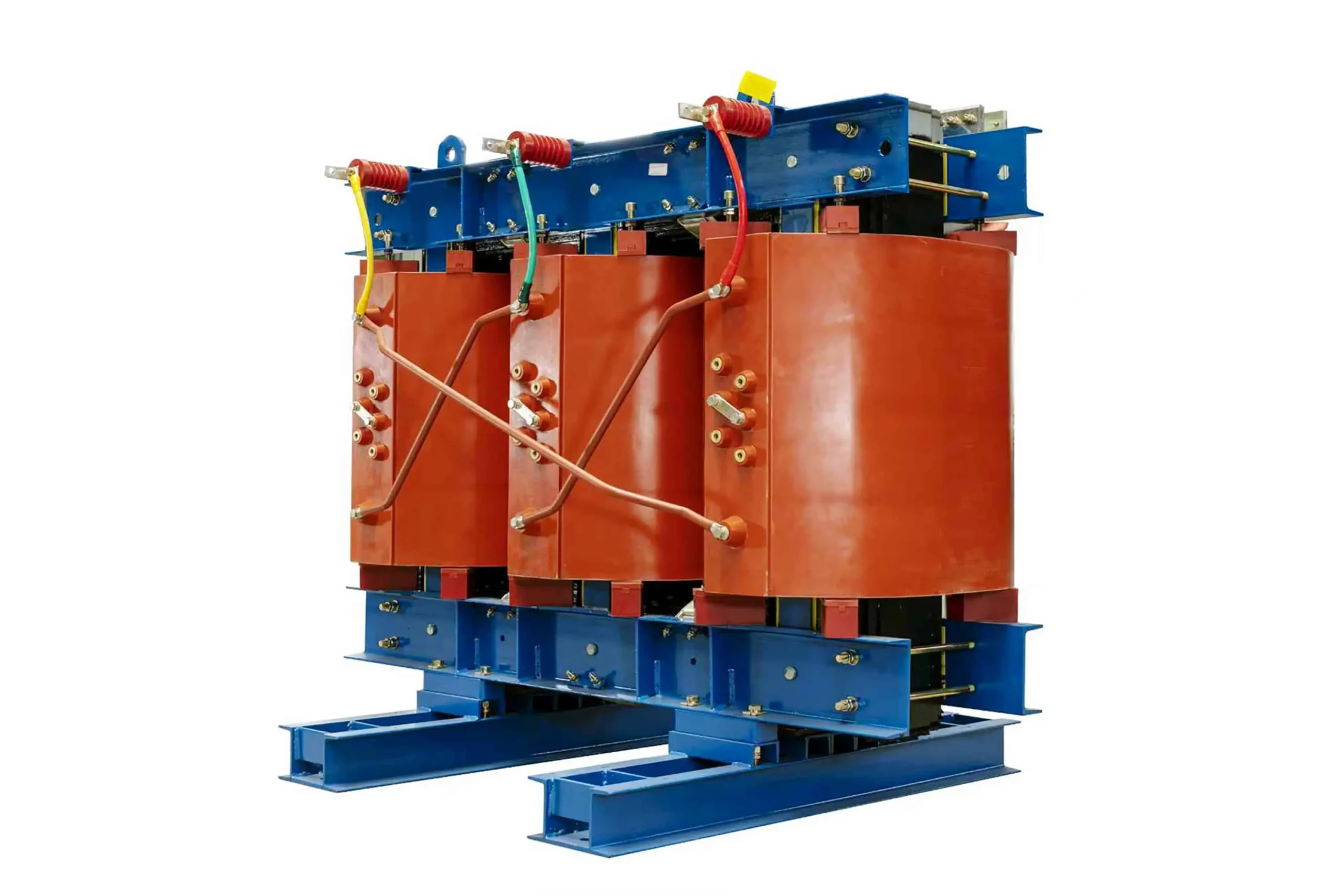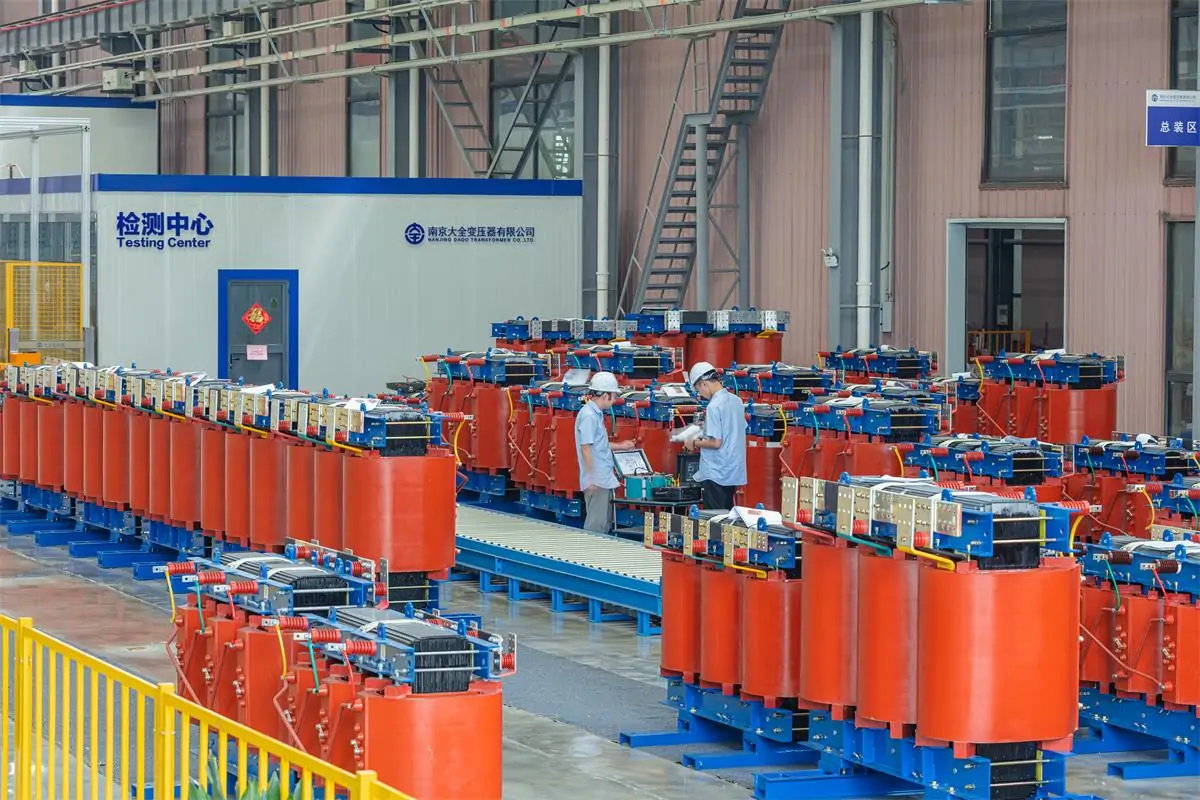Understanding the fundamentals of dry-type transformer impedance is crucial for anyone involved in power distribution and electrical engineering. Impedance plays a key role in determining transformer performance, affecting everything from power factor to voltage drop. In this article, we’ll break down the basics of dry-type transformer impedance, exploring its significance, how it’s calculated, and its impact on transformer design.
Transformer impedance is a measure of the opposition that a transformer provides to the flow of alternating current (AC). It’s a combination of resistance and reactance. Resistance is the opposition to current flow due to the material’s properties, while reactance is the opposition due to the change in the current’s direction.
Components of Impedance
- Resistance (R): This is the part of impedance that resists the flow of current through the transformer windings. It results in power losses and heat generation.
- Reactance (X): This is the part of impedance that results from the magnetic field created around the transformer windings. Reactance can be inductive or capacitive, but in transformers, inductive reactance is usually more significant.
Importance of Transformer Impedance
Transformer impedance has several important implications in electrical systems. Understanding these can help in designing efficient power distribution networks.
Voltage Regulation
One of the primary roles of transformer impedance is in voltage regulation. Impedance affects how much the output voltage drops when the load changes. A higher impedance results in a greater voltage drop under load, which can affect the performance of electrical equipment connected to the transformer.
Short Circuit Current
The impedance of a transformer is a critical factor in determining the short-circuit current. A lower impedance allows more current to flow during a short circuit, which can lead to more severe damage to the transformer and connected equipment. Therefore, understanding and controlling transformer impedance is vital for safety and reliability.
Power Factor
The power factor, which is the ratio of real power used in the circuit to the apparent power flowing in the circuit, is influenced by transformer impedance. A transformer with a high reactance will have a lower power factor, which can lead to inefficiencies in power distribution systems.
Percentage Impedance
Percentage impedance is a way of expressing the transformer’s impedance as a percentage of its rated voltage. It’s a crucial parameter for specifying transformers and plays a significant role in system design.
Calculating Percentage Impedance
Percentage impedance is calculated by using the formula:
Percentage Impedance=(Z/Vrated)×100
Where ( Z ) is the impedance in ohms and ( Vrated ) is the rated voltage of the transformer. The percentage impedance gives an indication of the voltage drop in the transformer under full load conditions.
Impact on Transformer Design
Transformer impedance influences several aspects of transformer design, including the size, efficiency, and cost of the transformer.
Transformer Size and Cost
A transformer with lower impedance generally requires more copper and iron to achieve the same performance, resulting in a larger and more expensive unit. Designers must balance impedance with cost and performance requirements.
Efficiency and Performance
The efficiency of a transformer is partially dependent on its impedance. Lower impedance transformers tend to have higher efficiency since they have fewer losses due to resistance. However, they may also have higher short circuit currents, which can be problematic.
Impedance Calculation in Dry-Type Transformers
Calculating the impedance of a dry-type transformer involves several considerations, including the design of the windings and the core materials used.
Conclusion
Understanding dry-type transformer impedance is essential for designing efficient and reliable power distribution systems. By knowing how to calculate and manage transformer impedance, engineers can ensure optimal performance and safety in electrical networks.
Whether you’re dealing with voltage regulation, short circuit current management, or power factor correction, transformer impedance is a key factor that cannot be overlooked. As you work with transformers, keep these basics in mind to enhance your understanding and application of electrical impedance in power systems.






